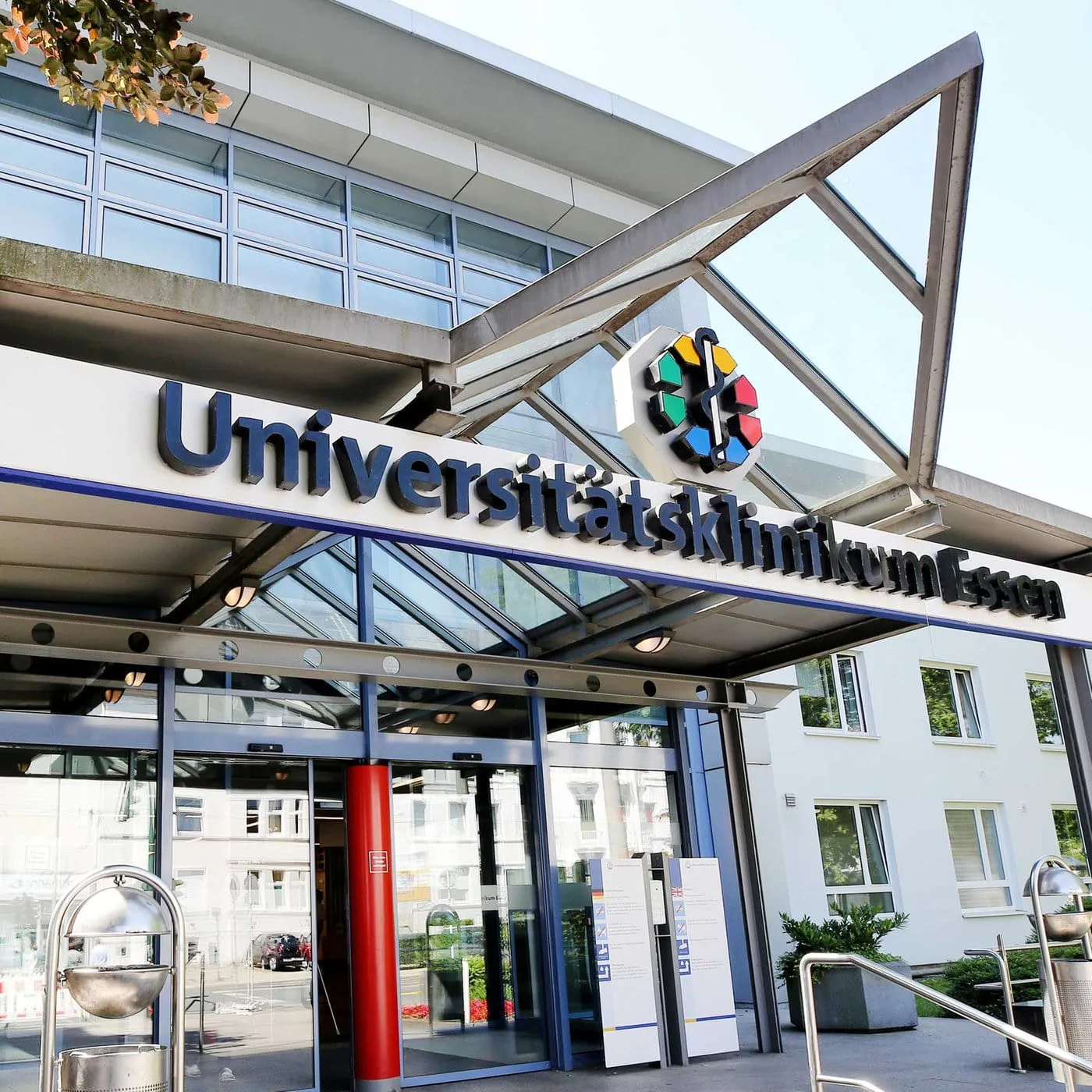Symptomatology, Diagnostic and Treatment of Aplastic Anemia
Aplastic anemia is quite an uncommon disease affecting blood. The bone marrow ceases to generate enough blood cells due to its own dysfunction. Transplant of part or all the bone marrow is needed in serious anemia.
With this pathology, the body doesn’t produce blood cells necessary for normal systems operation. Consequently, lack of oxygen organs saturation, harmful bacteria activity and poor blood clotting occur.
What causes aplastic anemia?
Bone marrow failure, as many other pathologies, doesn’t have clear roots. Nevertheless, some factors provoking disease development can be highlighted.
- Narcotic substances consumption.
- Chemical exposure harmful to the body.
- If the body has previously been affected by autoimmune diseases like lupus.
- Severe virus presence, in particular, HIV, hepatitis, etc.
- Insufficiency syndrome presence in family history that blocks the bone marrow functioning – genetic predisposition.
- Chemotherapy impacts the body.
- Person suffers from hemoglobinuria – pathology provoking accelerated destruction of red cells.
- After pregnancy.
Aplastic anemia symptoms
People with aplastic anemia have minor symptoms, however, blood indicators are quite low. General signals are as follows:
- instant bruising even after slight pressure;
- at mechanical injury, it is difficult stopping the blood;
- profuse menstruation;
- constant tiredness;
- often infections attacks.
Ignoring anemia aplastic symptoms causes complications:
- bleeding in the organs;
- severe fungal infections;
- cardiovascular system complications, up to heart dysfunction development;
- pathology can progress to heavy leukemia.
Aplastic anemia diagnosis and treatment
Undermentioned diagnostic methods are used for pathology detection:
- general blood test: results determine erythrocytes and other blood cells rate;
- biopsy – specialist takes small bone marrow probe for its microscope testing.
Treatment methodology varies depending on age, general blood condition and symptoms manifestation degree. Let’s consider contributing ways for body restoration.
- Immunotherapy. Medicines in this group affect the immune system, improving general physical condition. Immunosuppressive therapy assists restoring those cells that ceased to react to infection’s effects. It protects organs from other viruses and bacterial influence.
- Bone marrow stimulator – medicines for stimulation marrow cells to generate more haematocytes.
- Hemotransfusion – blood cells are completely renewed. This method isn’t considered a medicine, but eliminates bruising and fatigue.
- Antibiotics for supporting bone marrow work in serious affection of blood cells.
Bone marrow transplantation is a singular method ofaplastic anemia treatment. It’s preferred in severe disease forms. Cells affected by disease are replaced by healthy ones. They’re taken from:
- donor intervention;
- peripheral system stem cells;
- cord blood cells.
Survival rate for aplastic anemia
Mostly, patients who have timely treatment are able to continue a full life. In severe pathology forms, stem cell transplant aids to hit the disease – 98% of successful cures.










